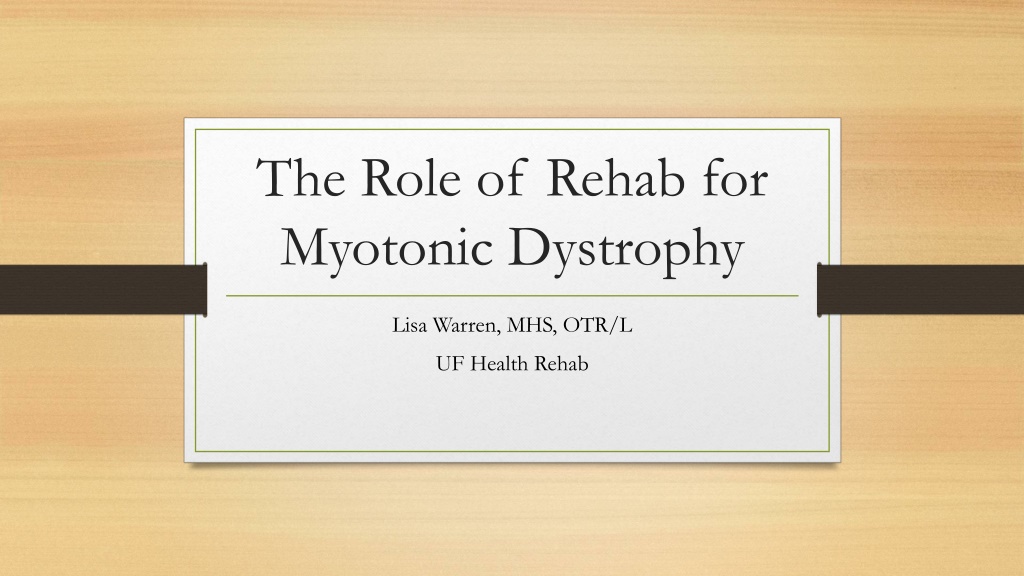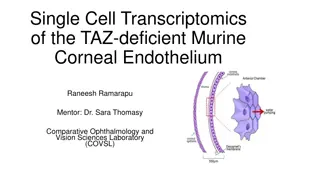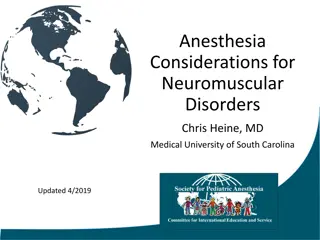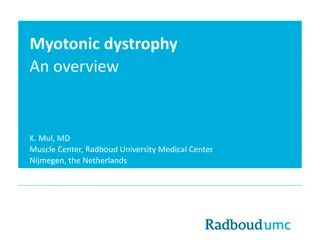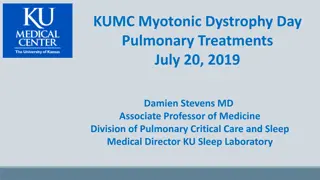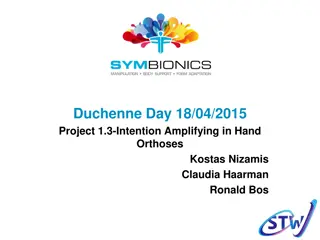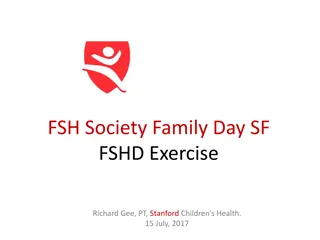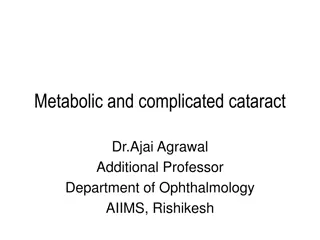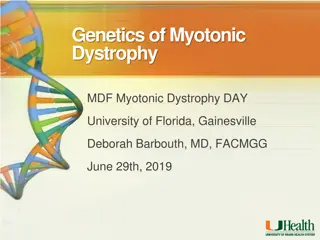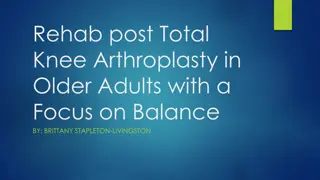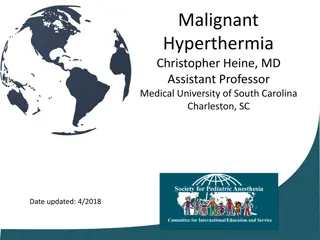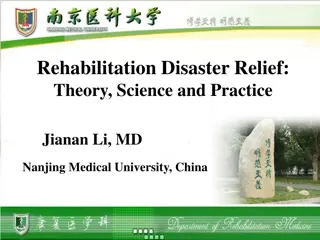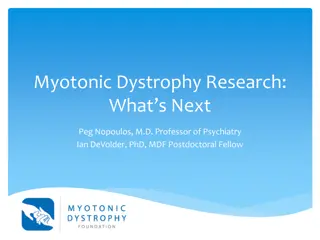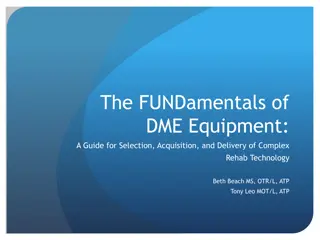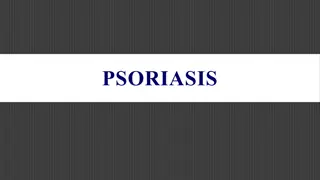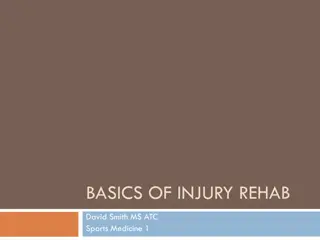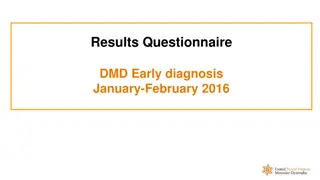Comprehensive Approach to Rehab for Myotonic Dystrophy
Using a client-centered and multidisciplinary approach, rehabilitation for Myotonic Dystrophy focuses on addressing personal factors, physical therapy, occupational therapy, and enhancing mobility. The rehab team aims to improve health outcomes and quality of life by addressing personal care, mobility, energy conservation, community integration, work, recreation, and more. Physical therapy emphasizes individualized exercises to slow muscle wasting, while occupational therapy focuses on assisting clients to live independently through adaptive strategies.
Download Presentation

Please find below an Image/Link to download the presentation.
The content on the website is provided AS IS for your information and personal use only. It may not be sold, licensed, or shared on other websites without obtaining consent from the author. Download presentation by click this link. If you encounter any issues during the download, it is possible that the publisher has removed the file from their server.
E N D
Presentation Transcript
The Role of Rehab for Myotonic Dystrophy Lisa Warren, MHS, OTR/L UF Health Rehab
Multidisciplinary approach Healthcare professionals working together for the common goal of improving the patient s health, function and quality of life Benefits include improved health outcomes, enhanced satisfaction for clients, and more efficient use of resources
What does a rehab team address? Personal care Mobility Energy conservation Community life Work Recreation
Personal factors Perception, vision and cognition Psychosocial factors Environmental factors
Physical Therapy (PT) Overall conditioning physical activity is important for all Exercise to slow progression of muscle wasting Should be individualized and monitored cardio/pulmonary considerations, low intensity Stretching/flexibility **individuals with myotonic dystrophy may have limited exercise tolerance and will need to be monitored carefully
PT Mobility - in home and community Getting in/out of chair and bed Assistive devices Walkers Wheelchairs Motorized Scooters Chair lifts, stair lifts, ceiling lifts, patient lifts Orthotic devices Orthotics can support weak muscles and slow contractures
Occupational Therapy (OT) The purpose of OT treatment is to help clients learn or relearn occupational performance needed to live as independently as possible. For the compensation approach, three options can be explored: 1)Alter the task 2) Prescribe assistive devices or 3) Adapt the environment
OT Eating Adaptive utensils Positioning Splints/universal cuffs
OT Dressing Avoiding buttons and tight clothing Positioning for dressing Adaptive equipment Reacher Dressing stick
OT Bathing Seat in shower Grab bars Wash mitt
OT Toileting Elevated toilet Grab bars Attachable bidet Hygiene assist
OT Vision Contrast and lighting education Use of line trackers and other techniques to minimize eye fatigue Cognition Adaptive strategies
Speech Therapy (ST) Assessment and education of swallowing difficulties weakness of muscles in the upper third of the esophagus results in food sticking Often unnoticed by client Associated with nutritional insufficiencies, aspiration pneumonia Recommendations for dietary changes Positioning
ST Techniques to address Difficulty chewing Drooling due to weak lip closure
ST Speech treatment strategies to compensate for Slow speech rate Decreased volume Shortened speech stretches
